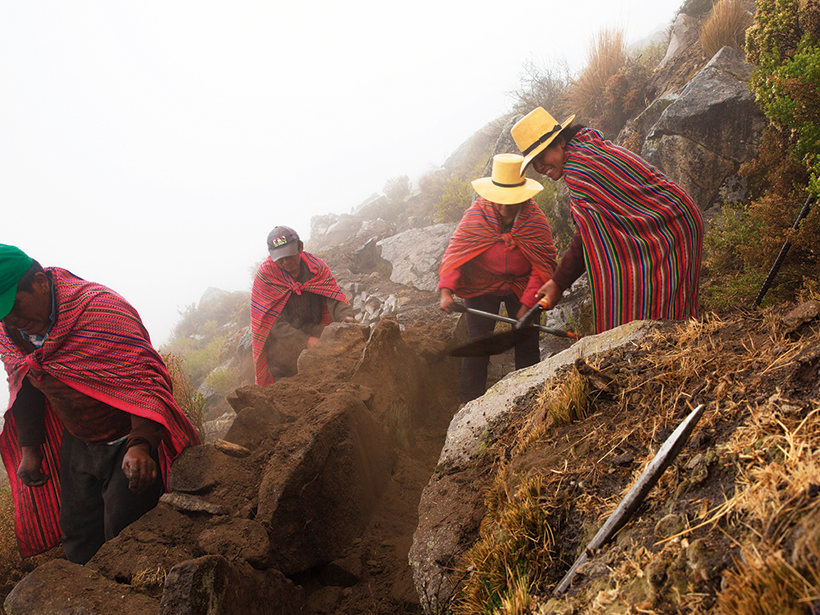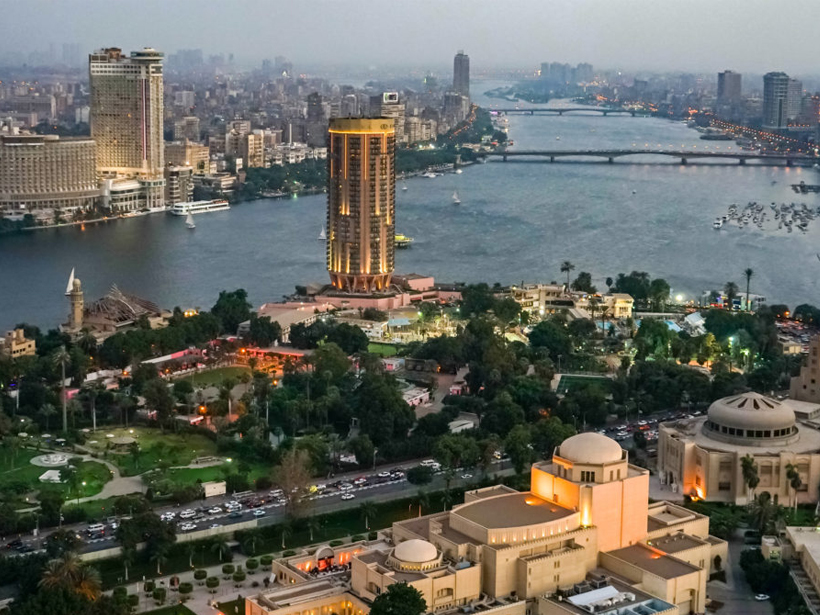Records of aurorae in Mesopotamia from 2,600 years ago are helping astronomers understand and predict solar activity today.
News
Pre-Inca Canal System Uses Hillsides as Sponges to Store Water
To prepare for a drier future on Peru’s western coast, researchers are turning to techniques of the past.
Bikini Seafloor Hides Evidence of Nuclear Explosions
Seafloor mapping has revealed a crater and several shipwrecks persisting 73 years after the world’s first underwater nuclear test.
What Do You Get When You Cross a Thunderstorm with a Wildfire?
Lightning, fire vortices, and black hail are some of the frightening features of fire-fueled storms, which may become more common in the future.
The Eternal Nile Is Even More Ancient Than We Thought
Deep-mantle flow helps maintain the river’s steady course.
Atmospheric Rivers Have Different “Flavors”
New research is helping scientists understand why moisture-laden atmospheric rivers of similar intensities have different effects on land.
Dead Reefs Keep Calcifying but Only by Day
A new measurement technique has revealed that turf algae communities colonizing dead reefs have a dual role, adding new mineral material to the reefs during the day and taking it away at night.
Bipartisan Focus on Energy Innovation Emerges
A trio of bills making their way through Congress would boost research and development for technologies that could contribute substantially to future U.S. energy production and consumption.
Using Satellites and Supercomputers to Track Arctic Volcanoes
New data sets from the ArcticDEM project help scientists track elevation changes from natural hazards like volcanoes and landslides before, during, and long after the events.
Heat Waves Born of Earth and Sky
Researchers use computer simulations to uncover the significant contributions that dry soil and atmospheric wind patterns make to major heat waves.










